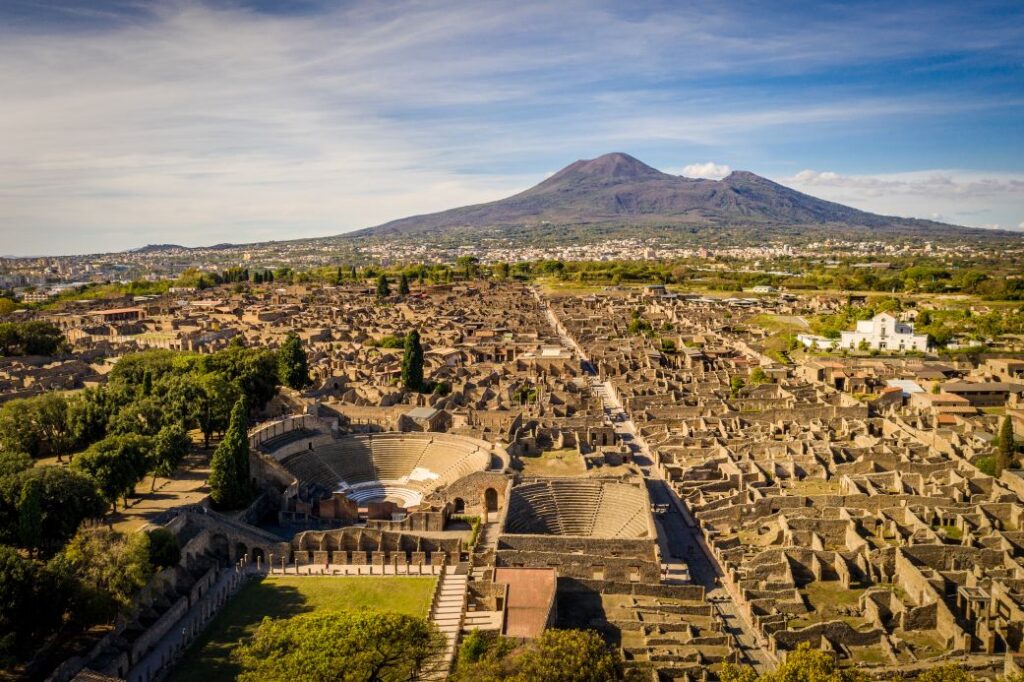The once-thriving Roman city of Pompeii resembles an eerie time capsule, seemingly unoccupied since a catastrophic volcanic eruption in AD 79, with the remains of its inhabitants forever frozen under a blanket of ash. But a closer look may reveal another bleak chapter in the tragedy’s aftermath, according to new research.
Recently unearthed clues suggest that a number of people, including survivors of the disaster as well as transients, returned to live among the ruins after the eruption, based on discoveries made during ongoing excavations of the Archaeological Park of Pompeii in southern Italy. But it’s impossible to reconstruct a complete picture of exactly how many people returned and in what circumstances based on what has been uncovered so far, said Gabriel Zuchtriegel, director of the archaeological park.
Researchers currently investigating the Insula Meridionalis, a neighborhood in the southernmost part of the city, found pieces of pottery and other evidence dated to after the city’s devastation over the course of the past year. The artifacts paint a picture of how, after the eruption, people sought refuge in the upper floors of buildings visible above the ash, Zuchtriegel said.
Pompeii’s residents ultimately abandoned the site following another devastating eruption in the fifth century, and the city remained undisturbed until excavations began in 1748.
Zuchtriegel, an archaeologist and coauthor of a new study published on August 6 in the E-Journal of the Excavations of Pompeii, said the city’s initial destruction in AD 79 has “monopolized memory.” Previous traces of Pompeii’s reoccupation, he added, have been known by researchers — but also largely ignored.
Continue reading the complete article on the original source



